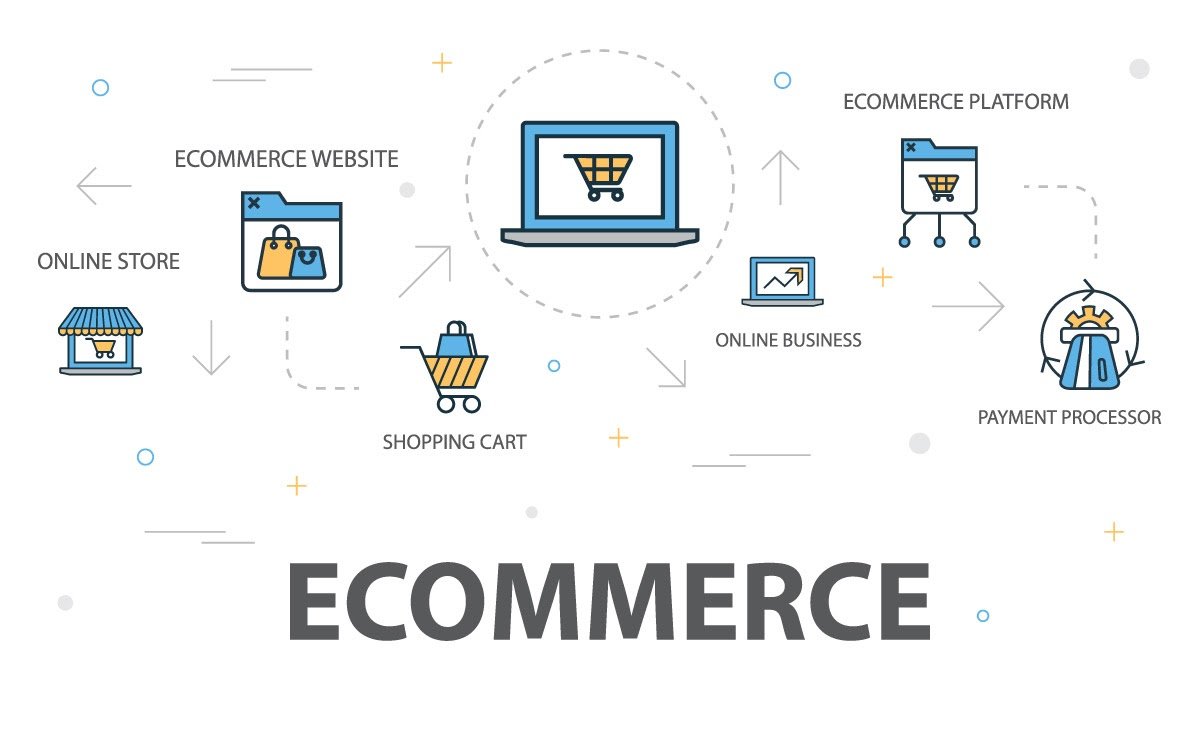Choosing an ecommerce platform matters. The right one makes selling online simple. The wrong one slows you down and costs money. In 2025 you must balance features, cost, and how you want to grow. Use the short plan below to pick a platform that fits your needs.
A fresh way to decide: the 6-R Fit Test
This simple framework helps you compare platforms without getting lost in lists.
1. Requirements
List the features you need now. Do you need multiple languages, subscriptions, or local payment methods? If a platform does not let you add these later, it will limit growth.
2. Reach
Think where you will sell. Do you sell on social apps, marketplaces, or in stores? Pick a platform that supports many channels and makes it easy to list products on apps and marketplaces. Salesforce and other industry reports show that omnichannel tools are becoming central to commerce in 2025.
3. Revenue tools
Look for built-in tools that help you sell. These include coupons, upsells, and abandoned cart emails. An ecommerce platform that adds AI suggestions and easy checkouts can raise conversion rates.
4. Resilience
Check uptime, security, and backups. If your site goes down during a big sale, you lose money. Larger vendors often publish uptime figures and data protections. Independent reviews also help you verify real-world performance.
5. Resources
Be honest about skills and budget. Open source options need technical work. Hosted platforms let nontechnical people launch quickly. Independent comparisons show hosted platforms still win for ease of use, while self-hosted options offer control.
6. Roadmap
Ask how the platform updates features. In 2025, platforms that plan for AI shopping agents and faster APIs will keep stores visible to buyers using new tools. Financial news and industry analysis note that AI agents now change how shoppers search and buy.
Quick platform match
If you want a fast start with many apps, consider hosted options. If you want full control and already have technical help, consider self-hosted solutions. Vendor lists and platform guides provide side by side features and prices to compare. Shopify and other major players publish curated lists of top choices to help small businesses match needs to tools.
A short checklist before you decide
- Can you test the platform with your products for free?
- What are the ongoing fees and transaction costs?
- Is the checkout fast on phones?
- Can you export your data easily?
- Does the platform support the sales channels you plan to use?
Final step: run a two-week trial
Install your top choice, add 10 real products, and run a small ad or share a link to friends. Track setup time, speed, and customer checkout experience. That test will show if the ecommerce platform fits your day to day work and future plans.
Use the 6-R Fit Test as your guide. It keeps the decision practical and focused on your business goals. By 2025 the right e commerce platform makes selling simpler, and it saves time as you grow.
